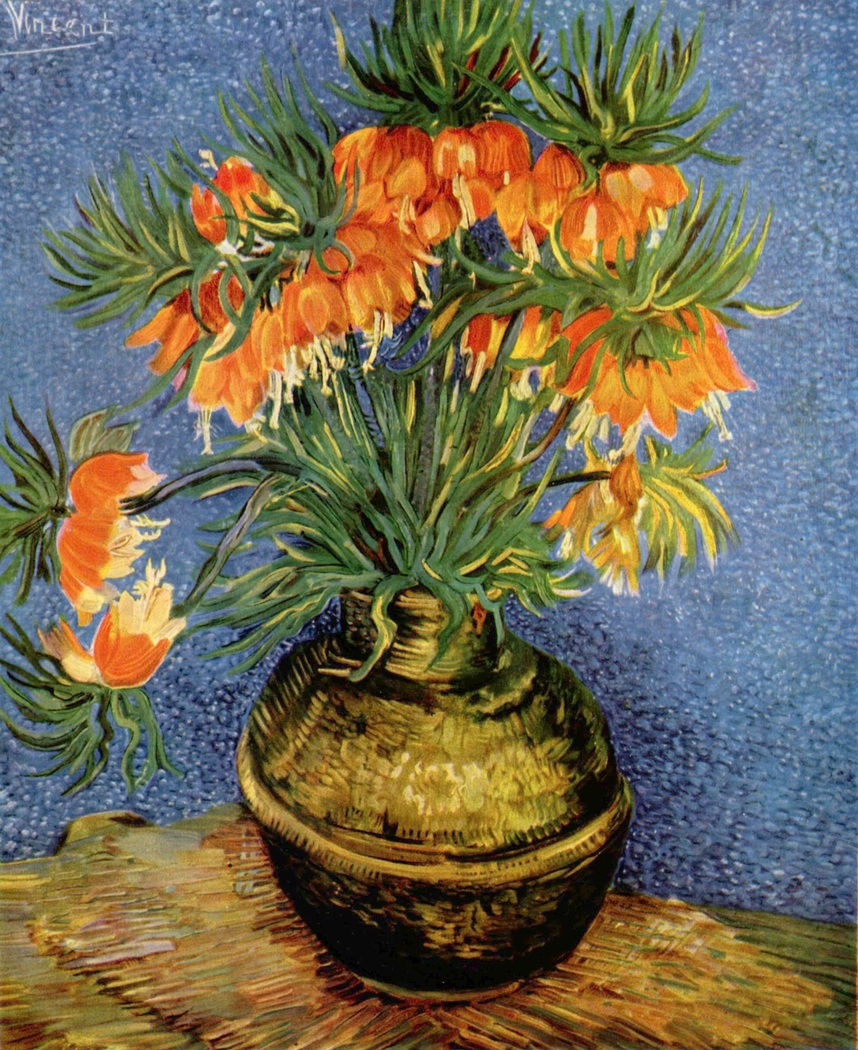
Tags
Loading...
Select from existing tags
Fritillaires in a Copper Vase 1887
Fritillaires, couronne impériale dans un vase de cuivre [Imperial Fritillaries in a Copper Vase]
[br]
Fritillaries are bulbs which, like tulips, flower in spring. It is therefore easy to work out what time of year Van Gogh painted this picture. The variety which he represents is the imperial fritillary, which was grown in French and Dutch gardens at the end of the 19th ce...
- Size:
- 73.5 x 60.5 cm
- Medium:
- Oil on canvas
- Credit:
- Courtesy of Musée d'Orsay
More from this artist...
Loading...
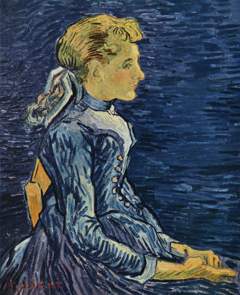
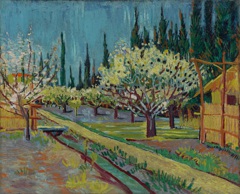
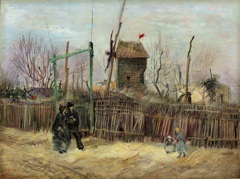

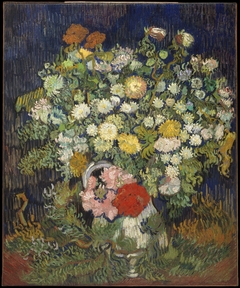
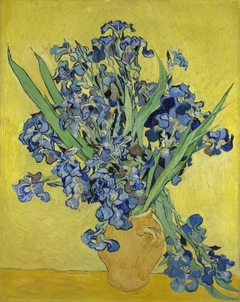
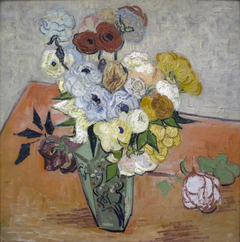

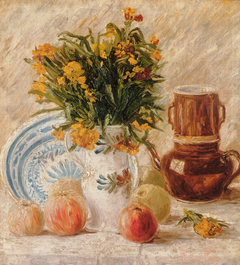

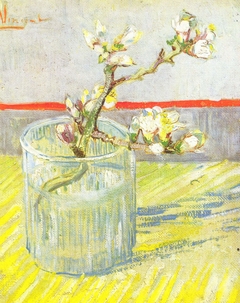

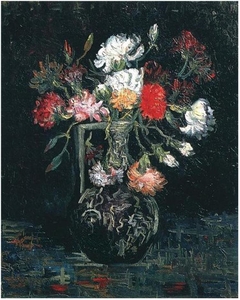

Discussion